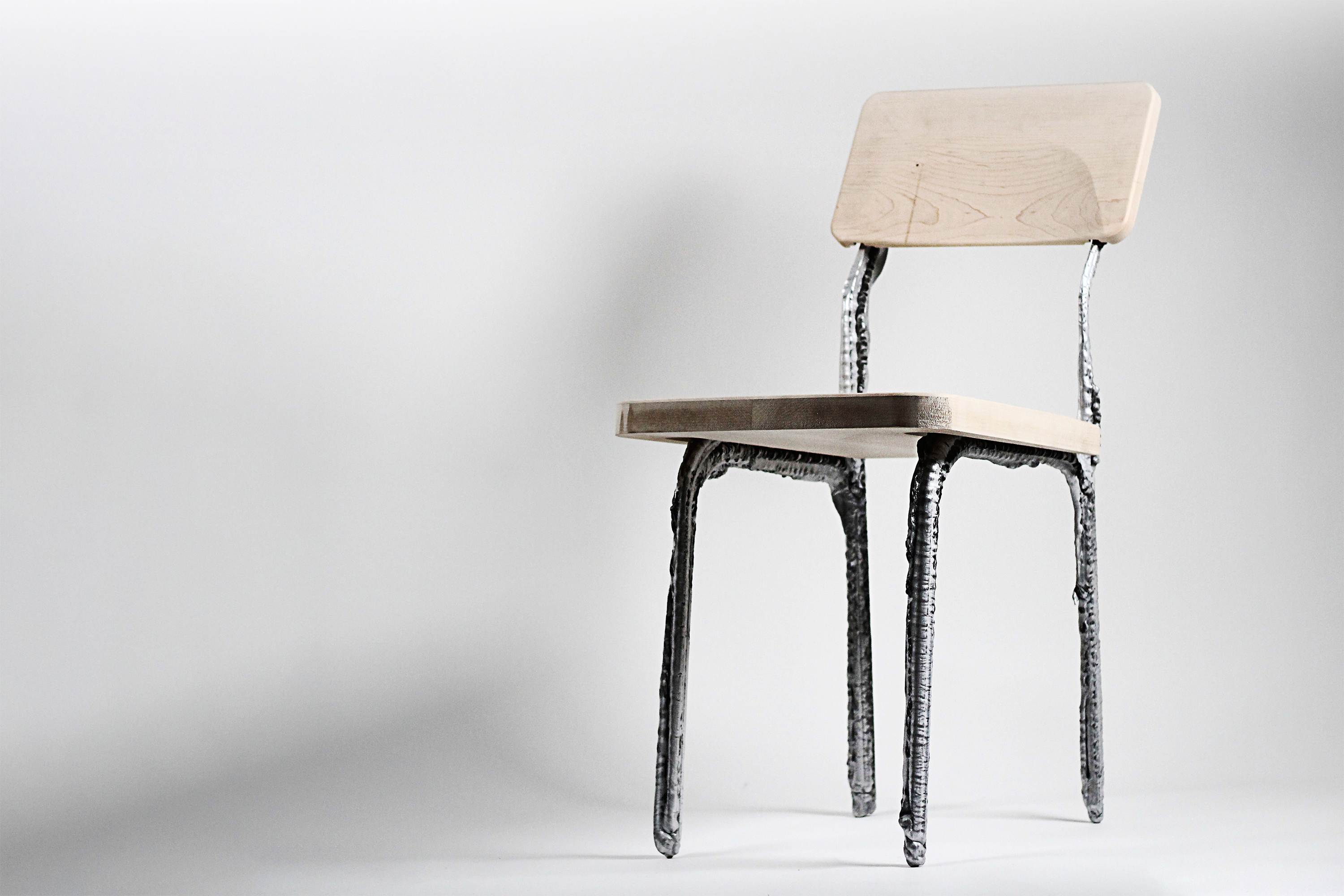
Someone needs to change that so it says " you could download a car"
deleted by creator
This is a parody. The original was “You Wouldn’t Steal a Car” and this version is a joke from the IT Crowd making fun of it.
deleted by creator
Very neat stuff. That chair totally looks like it was designed by generative AI though.
Those legs look sharp.
Besides, the real question we should be asking is if it’s food safe?
deleted by creator
They probably didn’t dry their filament.
deleted by creator
So explain how this is better than sand casting? Which doesn’t need glass particles and can provide much better surface finish?
With sand casting you still need a mold to form the sand. These molds aren’t easy to make, especially quickly. With this 3d printer, you can go from design to finished product long before the mold is constructed.
There are also things that can be 3d printed that can’t be easily cast, like things with oddly-shaped holes, and hollow objects.
This is the same as asking why 3d print something when injection molding exists.
In terms of speed, you’re totally right. That said, thete are tons of methods of turning a plastic 3D printed part into a metal part via sand casting that you can do at home. With enough money, evidently you can skip the plastic stage completely: https://www.exone.com/en-US/parts-and-services/sand
Its not better probably, but I would rather have printed one because its more cool lol Seriously, casting have its own geometry limits compared to printing.
Well, I watched a video after writing that, so my post is bit stupid. It probably doesnt apply for single layer shapes like ones shown on the video, but it looks faster than sand casting. Adding Z axis would make it more powerfull tho
All metal is liquid under the right circumstances.
Interesting. At first I missed the video. They “inject” the alumninium into the sand by pushing the nozzle in. A pretty neat idea really.
Presumably it’s going to be patented though, so it won’t benefit many people for the next 20 years.






